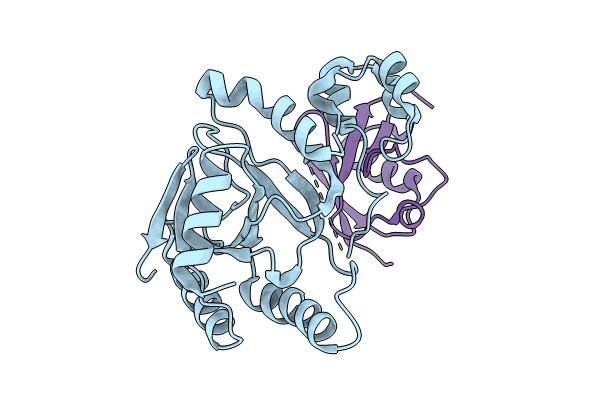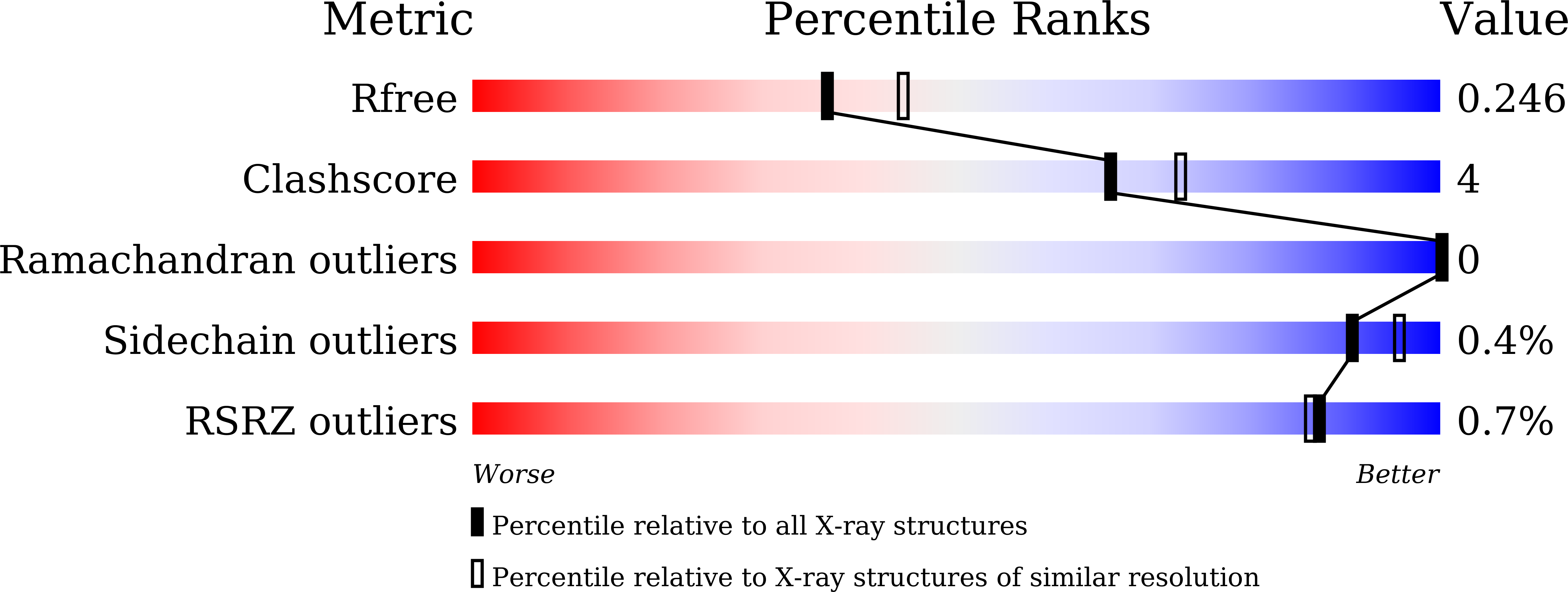
Deposition Date
2022-12-21
Release Date
2023-11-22
Last Version Date
2024-11-06
Entry Detail
PDB ID:
8HTC
Keywords:
Title:
Crystal structure of a SeMet-labeled effector from Chromobacterium violaceum in complex with Ubiquitin
Biological Source:
Source Organism:
Chromobacterium violaceum ATCC 12472 (Taxon ID: 243365)
Homo sapiens (Taxon ID: 9606)
Homo sapiens (Taxon ID: 9606)
Host Organism:
Method Details:
Experimental Method:
Resolution:
2.20 Å
R-Value Free:
0.24
R-Value Work:
0.19
R-Value Observed:
0.19
Space Group:
P 1 21 1


